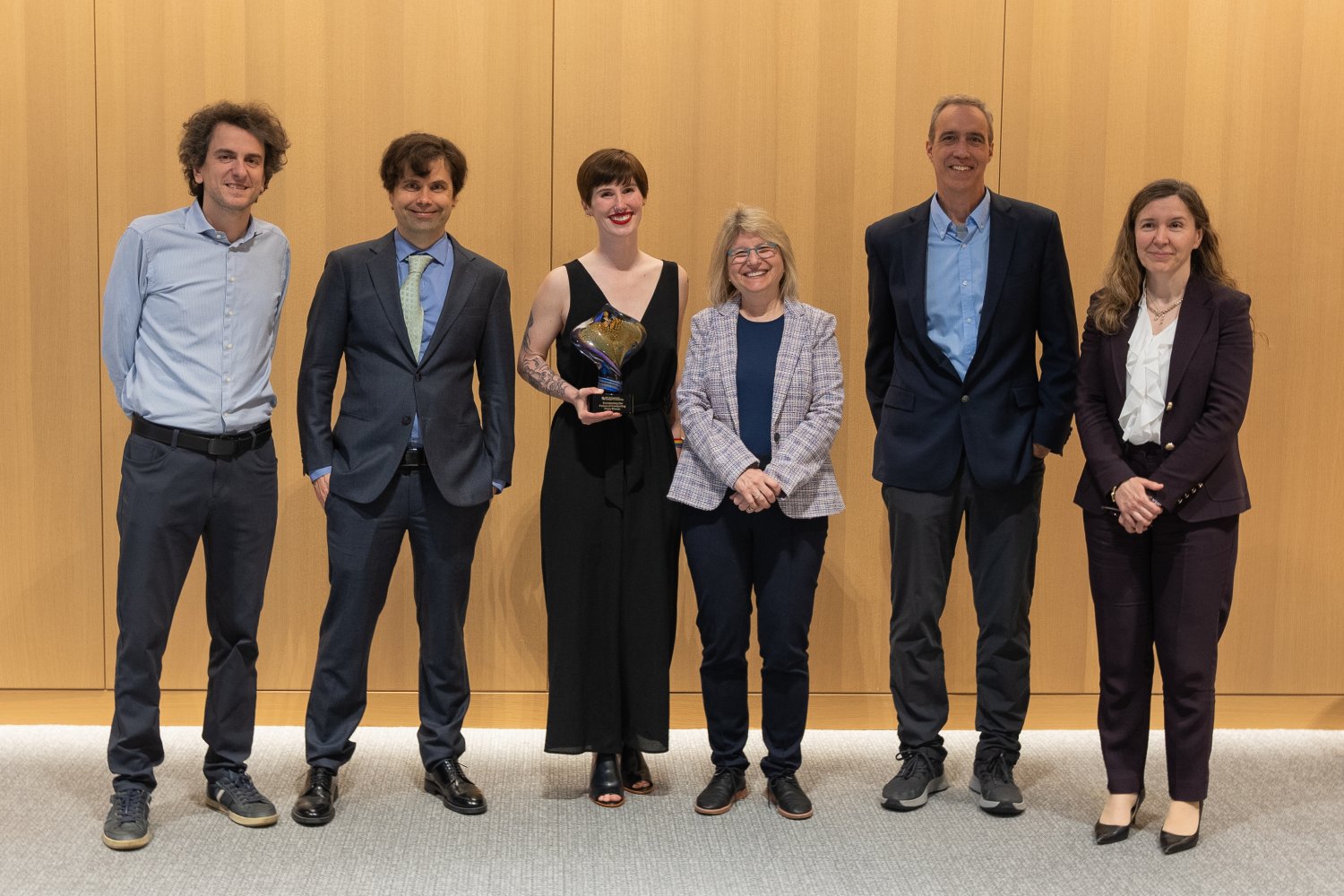Introduction to the Envisioning the Future of Computing Prize
The Envisioning the Future of Computing Prize, sponsored by the MIT Schwarzman College of Computing and the School of Humanities, Arts, and Social Sciences (SHASS), challenges MIT students to think about the potential impact of computing-related technologies on society. The prize, which includes a $10,000 grand prize, asks students to submit essays that describe how advancements in computing could shape human society for the better or worse.
The Winning Essay: "B-Bots" and the Future of Healthcare
This year’s winner, Annaliese Meyer, a PhD candidate in the MIT-WHOI Joint Program in Oceanography and Applied Ocean Science and Engineering, submitted a work of speculative fiction about a revolutionary new healthcare technology called "B-Bots." B-Bots are synthetic bacterial mimics designed to regulate gut biomes and can be activated by Bluetooth. Meyer’s essay, titled "(Pre/Sub)scribe," chronicles the usage of B-Bots from the perspective of both their creator and a user named Briar. The essay explores the potential benefits and drawbacks of a subscription-based model for this technology, highlighting the tension between profit and equity in the healthcare system.
The Inspiration Behind the Essay
Meyer’s inspiration for the essay came from her own experiences with the healthcare system in Canada, where she saw firsthand the differences between the Canadian and American systems. Her mother’s recent cancer treatments also highlighted the cost and coverage of treatments in British Columbia compared to the US. Meyer hopes that her essay will convey an important message about the potential risks of a for-profit healthcare system, where even revolutionary medical advances can end up causing more harm than good for vulnerable patients.
The Science Behind B-Bots
Meyer’s essay is not only a cautionary tale about equity in healthcare but also explores the complexity of gut microbiomes. Inspired by her thesis work in ocean metaproteomics, Meyer delves into the world of microbes and their ability to adapt to environmental changes. She explains that the production of different proteins by microbes depends on the rest of the microbial community and the exchange of metabolic products between organisms.
The Envisioning the Future of Computing Prize Contest
The contest, which attracted 65 submissions from undergraduate and graduate students across various majors, aims to encourage MIT students to think about the potential impact of computing-related technologies on society. The judging panel, composed of faculty members from the college, SHASS, and the Department of Urban Studies and Planning, reviewed the essays anonymously and selected three finalists based on their articulateness, thoroughness, groundedness, imaginativeness, and inspirativeness.
The Judging Process and Winners
The finalists presented their essays at a live awards ceremony, where they took questions from the audience. The winner was determined by a final tally, which comprised 75% of their essay score and 25% of their presentation score. This year’s winners included Martin Staadecker, a graduate student in the Technology and Policy Program, and Juan Santoyo, a PhD candidate in the Department of Brain and Cognitive Sciences, who received $5,000 each for their essays. Eight honorable mentions were also recognized, with each receiving a cash prize of $1,000.
Conclusion
The Envisioning the Future of Computing Prize provides a platform for MIT students to explore the potential impact of computing-related technologies on society. This year’s winning essay, "(Pre/Sub)scribe," highlights the importance of considering the potential risks and benefits of new technologies, particularly in the context of healthcare. As computing-related technologies continue to shape our world, it is essential to encourage critical thinking and reflection on their potential consequences.
FAQs
Q: What is the Envisioning the Future of Computing Prize?
A: The Envisioning the Future of Computing Prize is a contest that challenges MIT students to think about the potential impact of computing-related technologies on society.
Q: What was the topic of this year’s winning essay?
A: This year’s winning essay, "(Pre/Sub)scribe," explored the potential benefits and drawbacks of a subscription-based model for a revolutionary new healthcare technology called "B-Bots."
Q: Who is eligible to participate in the contest?
A: The contest is open to undergraduate and graduate students across various majors at MIT.
Q: What is the prize for the winner?
A: The winner receives a $10,000 grand prize.
Q: How are the winners selected?
A: The winners are selected based on a two-stage evaluation process, which includes an anonymous review of the essays and a live presentation by the finalists.











